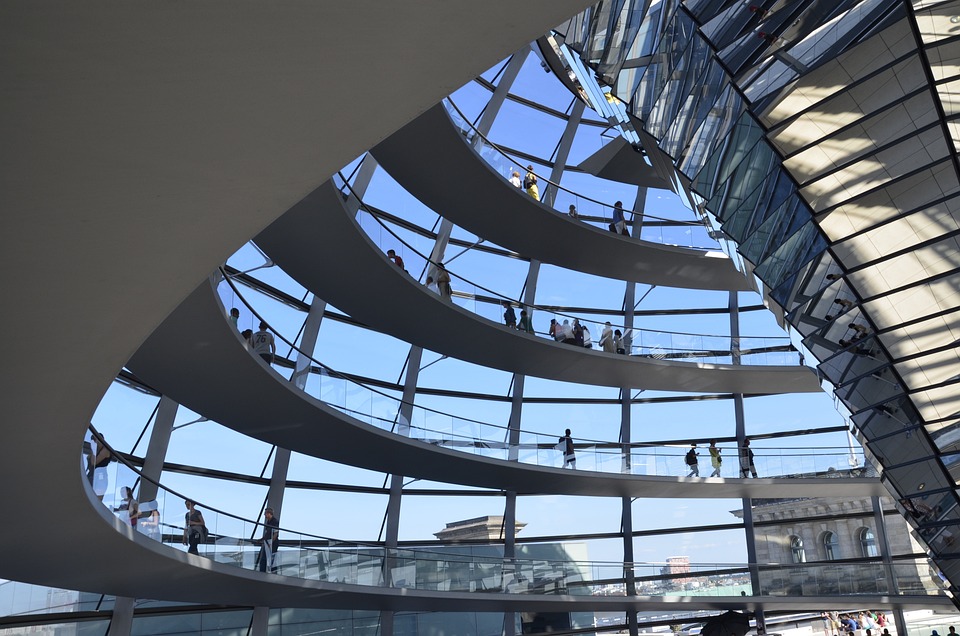The Impact of Technology on Modern Art Interpretations
Introduction
Art has always been a reflection of society, capturing the beliefs, values, and emotions of a particular time period. And with the advent of technology, the realm of art has been significantly impacted, leading to new forms of expression and interpretations. In this article, we will explore the ways in which technology has influenced modern art interpretations, pushing boundaries and reshaping the art world.
Virtual Reality and Augmented Reality
One of the most prominent impacts of technology on modern art interpretations is the rise of virtual reality (VR) and augmented reality (AR) experiences. These immersive technologies have allowed artists to create interactive and engaging artworks that transcend the physical limitations of traditional art forms. By using VR headsets or AR apps, viewers can explore a piece of art from different angles, interact with the artwork, and even become part of the art itself.
For example, the artist Marina Abramović created a VR experience titled “Rising” where viewers can immerse themselves in a virtual reality world and interact with digital representations of her iconic works. This immersive experience provides a new perspective on Abramović’s art and allows viewers to engage with her work in a way that was previously impossible.
Digital Art and NFTs
The rise of digital art and Non-Fungible Tokens (NFTs) has also revolutionized the art world, blurring the lines between physical and digital art forms. Digital artists can now create and sell their artwork online, reaching a global audience without the need for physical galleries or exhibitions.
NFTs, which are unique digital assets stored on a blockchain, have enabled artists to authenticate and sell their digital artworks as collectible items. This has led to a new form of art ownership and collecting, with digital artworks fetching high prices at online auctions.
Some artists, such as Beeple, have gained international recognition for their digital art creations, selling NFTs for millions of dollars. This shift towards digital art has challenged traditional notions of art ownership and consumption, with collectors and viewers adapting to this new form of art interpretation.
Artificial Intelligence and Machine Learning
Artificial intelligence (AI) and machine learning technologies have also had a significant impact on modern art interpretations, with artists using algorithms to create unique and innovative artworks. AI-generated art pieces can be abstract, surreal, or hyper-realistic, showcasing the capabilities of machine learning algorithms in the creative process.
Artists like Mario Klingemann and Robbie Barrat have embraced AI as a tool for artistic expression, creating artworks that explore the boundaries between human creativity and machine intelligence. These AI-generated artworks challenge viewers to reconsider their understanding of art and the creative process, raising questions about authorship, originality, and innovation.
Social Media and Online Platforms
The advent of social media and online platforms has democratized the art world, allowing artists to share their work with a global audience and receive immediate feedback and recognition. Platforms like Instagram, Twitter, and TikTok have become virtual galleries for artists to showcase their art, connect with other artists, and engage with art enthusiasts.
Artists can now reach a wider audience through social media, attracting followers and supporters who appreciate their work. This has democratized the art world, breaking down barriers to entry and giving emerging artists a platform to showcase their talent.
Conclusion
In conclusion, technology has had a profound impact on modern art interpretations, pushing boundaries and reshaping the art world. Virtual reality, augmented reality, digital art, AI, and social media have all contributed to a new era of artistic expression, challenging traditional notions of art and creativity.
As artists continue to adapt to technological advancements, we can expect to see more innovative and immersive artworks that engage viewers in new and exciting ways. The fusion of technology and art has opened up a world of possibilities, allowing artists to explore new mediums, techniques, and ideas that were previously unimaginable.
The impact of technology on modern art interpretations is far-reaching and ever-evolving, with artists embracing new technologies to push the boundaries of creativity and inspire viewers to rethink their understanding of art. As we continue to navigate the intersection of art and technology, we can look forward to a future of endless possibilities and new forms of artistic expression.

Leave a Reply